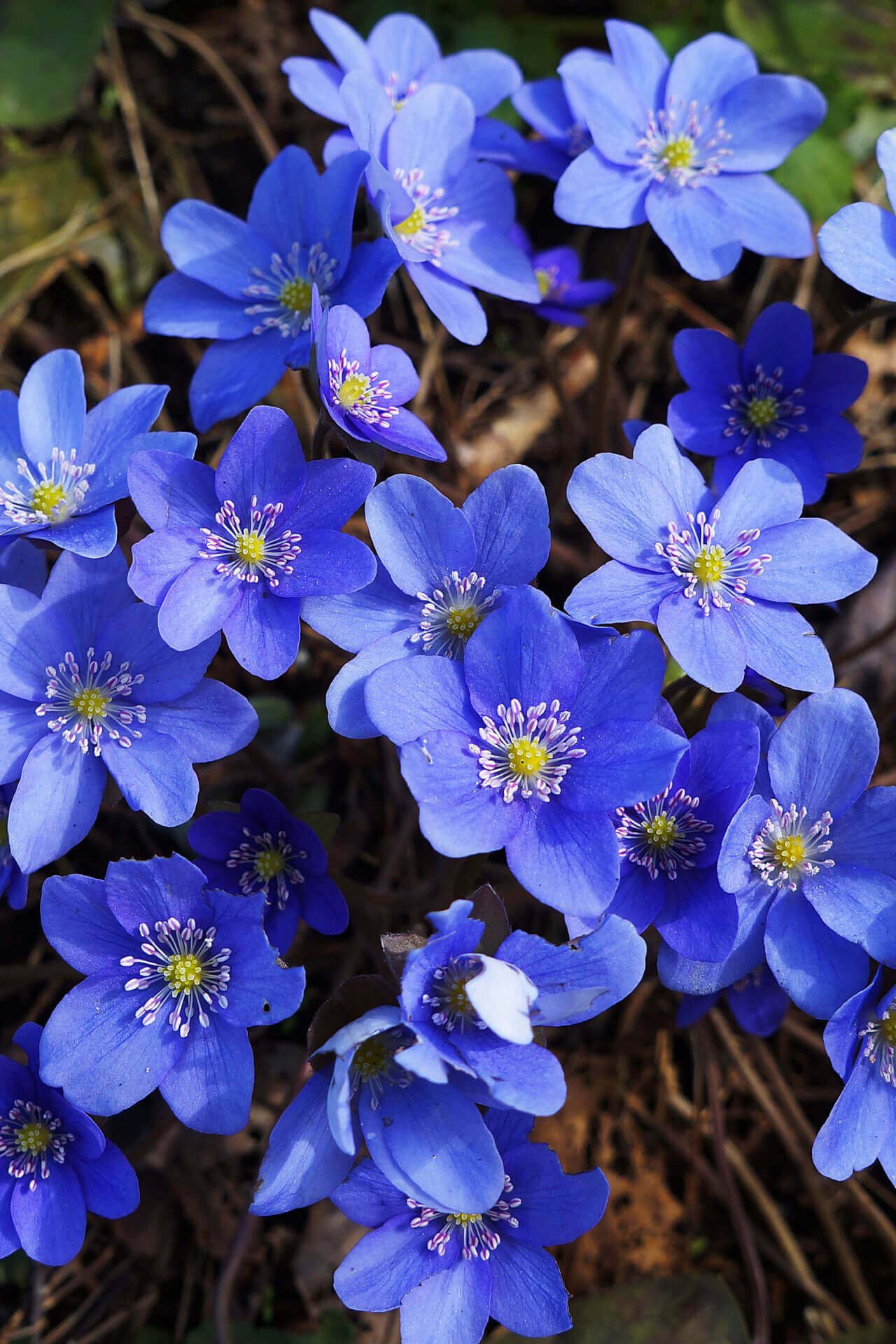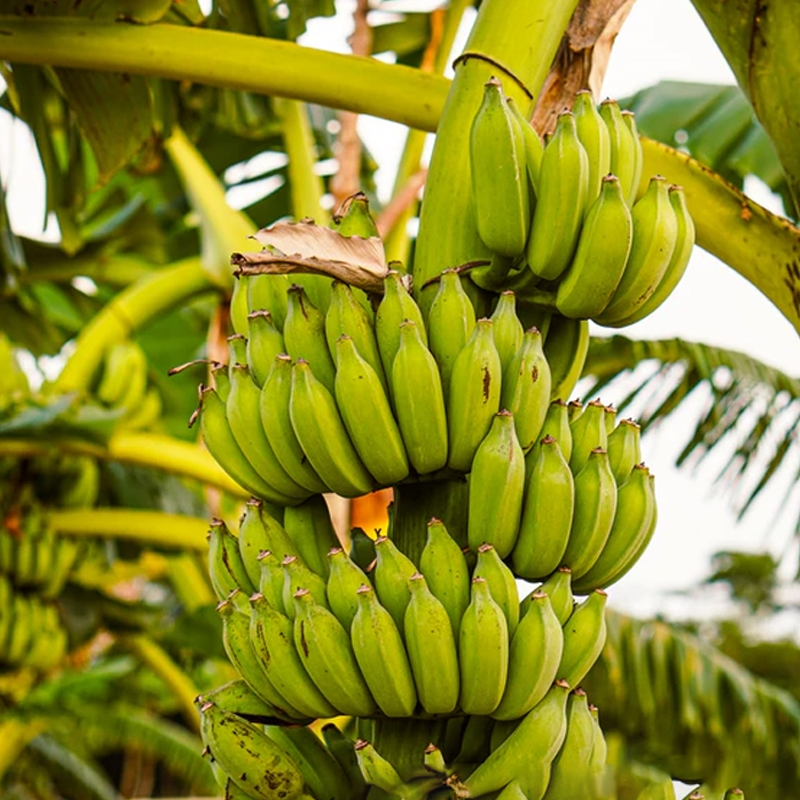



Hepatica
Beautiful early spring blooms
Low-maintenance perennial plant
Enhances woodland garden aesthetics
Thrives in
ZONE 3ZONE 4ZONE 5ZONE 6ZONE 7ZONE 8ZONE 9This plant ships:
Ships Week of May 5thHepatica - Liverwort
Hepatica (Liverwort) is a uniquely pleasant native flower, perfect for woodland gardens. Dark‑green, tri‑lobed foliage—its namesake feature—makes the tiny purple blossoms stand out in shady nooks.
Plant Details
Family: Buttercup (Ranunculaceae)
Light Requirement: Shade
Water Needs: Moist
Height: 6 in
Spread: 8 in
Growth Rate: Slow
Bloom Time: Spring
Flower Color: Purple
Wildlife Value: Attracts bees
Landscape Uses and Maintenance
Hepatica adds soft, delicate charm year after year with star‑shaped flowers that range from white and purple to blue. A spring ephemeral, it delights gardeners of every experience level thanks to its low‑maintenance nature. Raise it up in rock or woodland gardens so the blooms are at eye level for full appreciation.
In the wild, this plant grows in leaf‑litter pockets at the bases of forest boulders. Mimic those conditions by providing full to partial shade and well‑drained soil rich in organic matter—leaf mold, humus, or compost all work well. Water regularly during establishment, but avoid water‑logging; yellow leaves signal excess moisture.
Once settled, this plant requires very little care and is naturally avoided by deer, rabbits, and squirrels—perfect for critter‑prone gardens.
Noteworthy Traits
Hairy stems support the delicate blossoms as they emerge, while butterflies, bees, and other pollinators eagerly visit. Hepatica’s resilient charm and woodland grace make it a must‑have for shaded gardens.
This Is How Your Plants Will Look upon Delivery

Bloom Season
Spring
Bloom/Foliage Color
blue
Height at Maturity
Under 12"
Care
Hepatica thrives in well-drained, slightly acidic soil. Water often to keep the dirt moist but not soggy. In early spring, fertilize lightly with a balanced, slow-release fertilizer. Remove spent flowers to encourage prolonged blooming.
Plant Reproduction
Hepatica spreads by seeds.
Shipping date depends on the date displayed and chosen when you order from the product's page.
We only accept returns on plants verified dead. If you think your plants have died, we offer a 1 year warranty, please use this File a Claim Link to verify dead plants and start with return warranty process.





.png?v=1722191485084&em-origin=cdn.accentuate.io&em-format=auto)
Charming Early Blooms:
Hepatica produces delicate, star-shaped flowers that bring early spring color to your garden. Their subtle beauty is a welcome sight after winter.
Unique Appearance:
Its distinctive flower shape and varied colors add a unique touch to garden beds, enhancing the visual appeal of your landscape.
Shade Tolerant:
This plant thrives in shady or woodland conditions, making it an ideal choice for under-tree plantings or low-light garden areas.
Evergreen Foliage:
Hepatica features attractive evergreen leaves that provide year-round interest, even when the plant isn’t in bloom.
Caring Tips
How do I care for my Hepatica?
Each box contains detailed care instructions and information about your product. But here's the basics.
Care Tips
Hepatica thrives in well-drained, slightly acidic soil. Water often to keep the dirt moist but not soggy. In early spring, fertilize lightly with a balanced, slow-release fertilizer. Remove spent flowers to encourage prolonged blooming.
Light Requirements
Hepatica thrives in partial to full shade. It prefers indirect light, as it naturally grows under the forest canopy. Providing filtered sunlight or dappled shade helps maintain its vibrant foliage and ensures optimal growth and blooming.
Hardy Planting Zones
3 • 4 • 5 • 6 • 7 • 8 • 9
Header
Use this content to share information about your store and products.
Frequently Asked Questions
How often should I water my plants?
How do I know if my plant is getting too much or too little sunlight?
What should I do to prepare my plants for winter?
What are the signs that my plant needs fertilizing?
How can I prevent pests from damaging my plants?
How do I choose the right plant for my climate zone?






